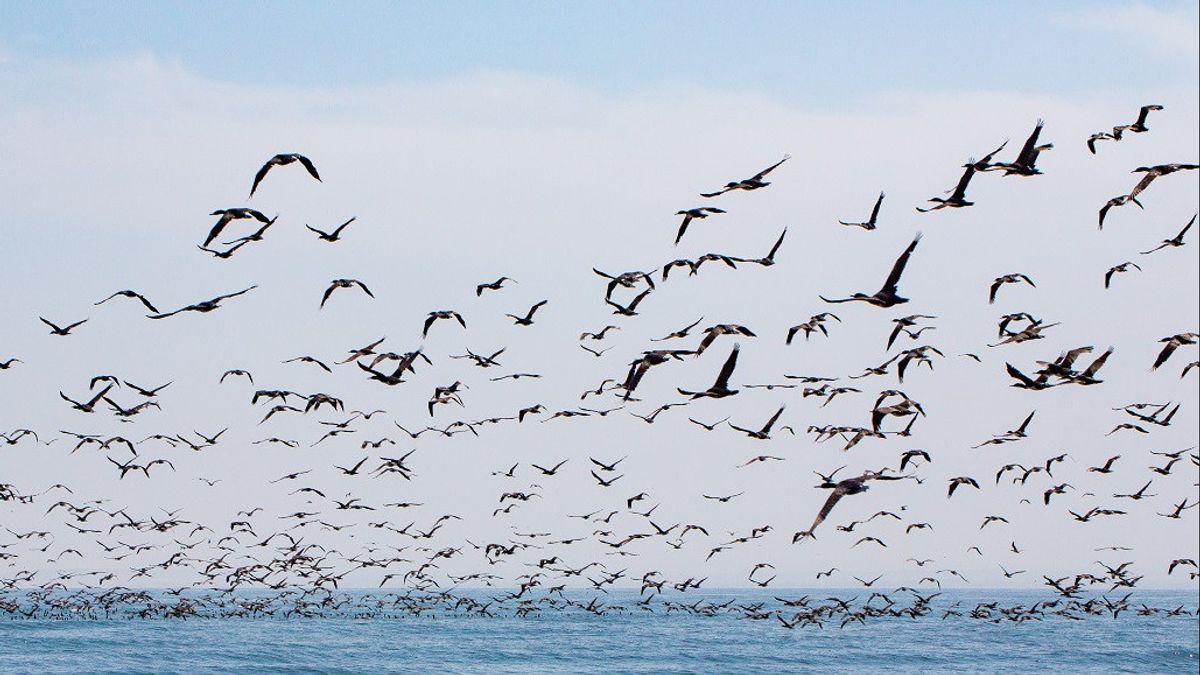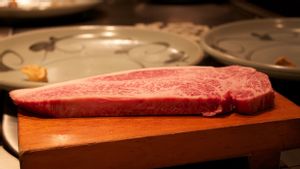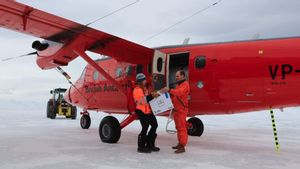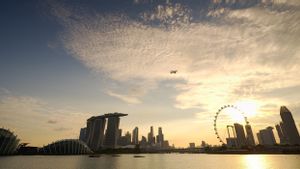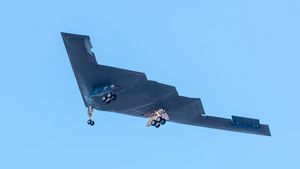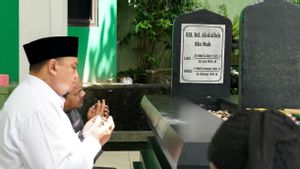JAKARTA - More than half of the world's seabirds have accumulated the chemical components of plastic in their bodies, a recent study by an international team of researchers shows, highlighting a worrying trend regarding the impact of plastic pollution on marine fauna.
The joint study, conducted by 18 universities and research institutes in Japan and six other countries, analyzed the oil secreted from the preen glands just above the tails of 145 seabirds from 32 species in 16 different locations around the world, detecting plastic additives in 76 or more of them, or 52 percent.
"The ingestion of plastic by seabirds is growing on a global scale. There is an urgent need to switch to low-toxicity additives that do not accumulate in the bodies of living organisms," said Hideshige Takada, a professor at Tokyo University of Agriculture and Technology who was involved in the research, citing Kyodo News, October 17.
The researchers' findings were released in an article published last Monday in the journal 'Environmental Monitoring and Contaminants Research'. Additives found in seabirds include two flame retardants and six stabilizers to prevent plastic from deteriorating due to ultraviolet light.
Species in which the contaminants were found included the striped shearwater from Awashima Island, Niigata Prefecture, the smallest auklet from St. Island. Lawrence, an island belonging to the United States in the Bering Sea and a blue petrel from South Africa's Marion Island in the Bering Sea, sub-Antarctic.
The researchers also found the chemical content of gentoo penguins on the French island of Kerguelen in the southern Indian Ocean.
Meanwhile, UV328, a UV stabilizer that is being considered for regulation under international treaties, was found in seabirds in Ecuador's Galapagos Islands among other locations.
Plastics were also observed directly in the stomachs of several seabirds, including Hawaiian petrels from Hawaii and meat-legged shearwaters from Western Australia, both of which exhibit high concentrations of the additive.
SEE ALSO:
The team estimated that up to 30 percent of the seabirds in the study had accumulated the chemical after ingesting plastic directly, while the remainder is believed to have been exposed through their diet.
The English, Chinese, Japanese, Arabic, and French versions are automatically generated by the AI. So there may still be inaccuracies in translating, please always see Indonesian as our main language. (system supported by DigitalSiber.id)
